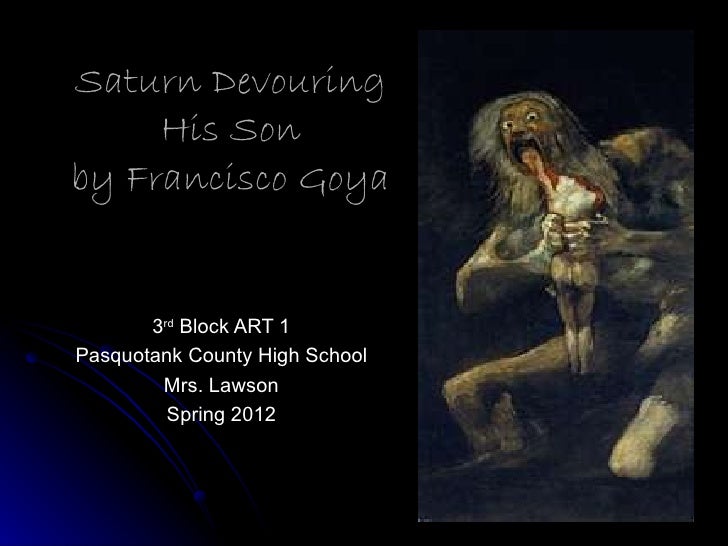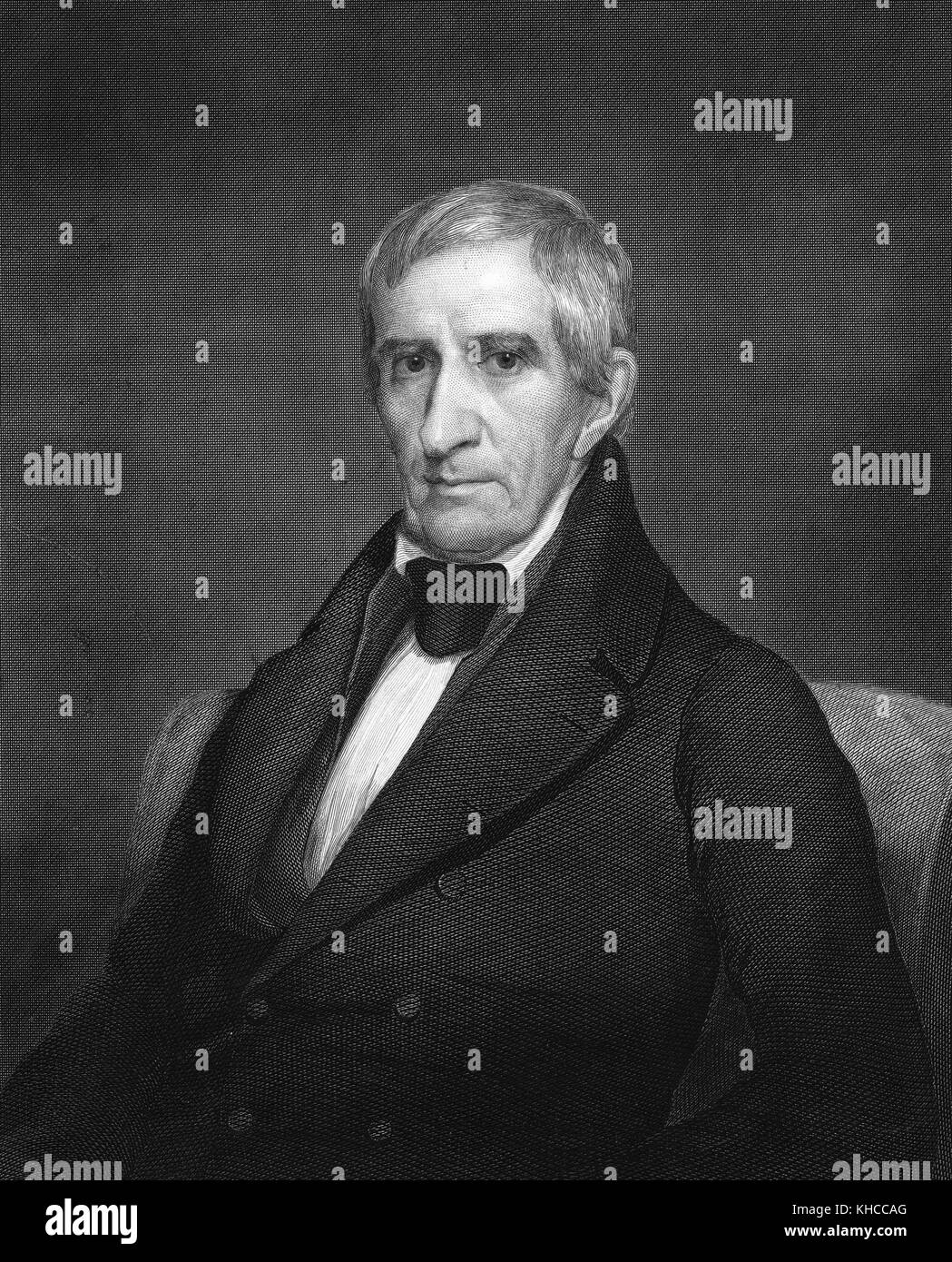Francisco Goya’s “Saturn Devouring His Son” is a painting that has intrigued, horrified, and captivated audiences for centuries. This haunting piece of art is not only a masterpiece of Romanticism but also a powerful commentary on the human condition, mythology, and the darker aspects of the human psyche. In this article, we delve deep into the painting’s history, symbolism, and cultural impact, ensuring you gain a comprehensive understanding of this enigmatic work.
Key Takeaways
- Historical Context: Understand the time and circumstances under which Goya created this masterpiece.
- Symbolism: Explore the mythological and psychological themes represented in the painting.
- Artistic Techniques: Learn about the techniques Goya employed to evoke such strong emotions.
- Cultural Impact: Discover how this painting has influenced modern art and culture.
Historical Context of “Saturn Devouring His Son”
Created between 1819 and 1823, “Saturn Devouring His Son” is part of Francisco Goya’s “Black Paintings” series. These paintings were produced during a tumultuous period in Goya’s life, marked by illness, political upheaval, and personal despair. Goya had become increasingly disillusioned with society and the Spanish monarchy, which is reflected in the dark and intense nature of the Black Paintings.
Originally painted directly onto the walls of his home, Goya’s Quinta del Sordo, these works were not intended for public viewing. It was only after his death that they were transferred to canvas and displayed. This context is crucial for understanding the raw, unfiltered emotions captured in “Saturn Devouring His Son.”

The Mythological Roots of the Painting
The painting depicts the Greek myth of the Titan Cronus (Romanized as Saturn), who, fearing a prophecy that he would be overthrown by one of his children, consumed each of them at birth. This myth is a powerful allegory for the destructive nature of time and the inevitable cycle of life and death.
Symbolism and Interpretation
“Saturn Devouring His Son” is rich with symbolism. The figure of Saturn represents not only the fear of being usurped but also the consuming nature of time itself. The grotesque act of devouring his child can be seen as a metaphor for the way time devours all things, including innocence and youth.

Moreover, the painting can be interpreted as a reflection of Goya’s own fears and anxieties. Living through the Peninsular War and witnessing the horrors of human cruelty, Goya may have seen Saturn as a representation of the destructive forces within humanity itself.
Artistic Techniques and Emotional Impact
Goya’s use of dramatic contrasts and dark tones in “Saturn Devouring His Son” creates a visceral emotional impact. The stark, almost monochromatic palette, with its deep blacks and muted reds, enhances the sense of horror and despair. Goya’s loose brushwork adds to the chaotic and frenzied atmosphere, capturing the madness and desperation of Saturn’s act.
The composition of the painting, with Saturn’s wide-eyed gaze and the limp, lifeless body of his child, draws the viewer into the scene, forcing them to confront the raw emotion and brutality depicted.
The Cultural Impact of “Saturn Devouring His Son”
Since its creation, “Saturn Devouring His Son” has left a profound impact on both the art world and popular culture. Its haunting imagery has inspired countless artists, filmmakers, and writers, who have drawn upon its themes of madness, power, and the passage of time.

Influence on Modern Art
Goya’s painting paved the way for the exploration of darker themes in art, influencing movements such as Expressionism and Surrealism. Artists like Salvador Dalí and Francis Bacon have cited Goya’s work as a significant influence on their own explorations of the human psyche.
Popular Culture References
The painting’s disturbing imagery has also permeated popular culture, appearing in films, literature, and even music. Its themes of power, fear, and destruction resonate with audiences, making it a timeless and universal symbol of the darker aspects of human nature.
The Enduring Legacy of “Saturn Devouring His Son”
“Saturn Devouring His Son” remains one of Francisco Goya’s most powerful and enduring works. Its exploration of mythology, human nature, and the passage of time continues to captivate and challenge viewers. By examining the historical context, symbolism, and cultural impact of this painting, we gain a deeper appreciation for Goya’s genius and the timeless relevance of his work.
As we reflect on “Saturn Devouring His Son,” we are reminded of the complexities of the human condition and the enduring power of art to provoke thought and emotion. This masterpiece not only stands as a testament to Goya’s skill and vision but also as a profound commentary on the darker aspects of existence that continue to resonate across generations.


